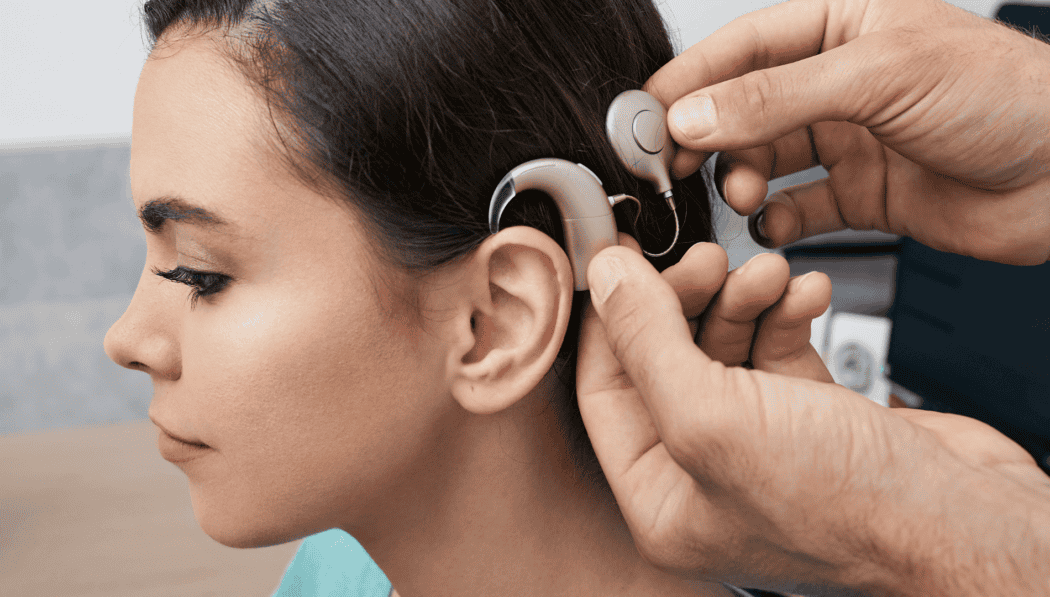The moment sound returns after a period of silence can be life-changing. Cochlear implants open doors for those with significant hearing loss, but the journey doesn’t end with surgery. Rehabilitation plays a significant role in helping the brain adapt to new ways of processing sound.
Learning to hear again with a cochlear implant takes time, patience, and support. The brain must adjust to interpreting electrical signals such as speech, music, and environmental sounds. Many recipients regain confidence in conversations and everyday interactions with consistent practice and guidance.
Adjusting to Sound After Activation
The first few weeks after activation can feel overwhelming, as sounds may seem robotic, high-pitched, or unclear, making it challenging to recognize words and voices. Subsequently, the brain learns to make sense of these signals, improving clarity and comprehension. Regular listening exercises or simple activities like identifying everyday sounds, watching TV with captions, or practicing speech recognition with a therapist help build connections.
Remember that progress varies, but dedication leads to steady improvement. As adjustments continue, recipients notice gradual changes in how they perceive voices and environmental noises. The brain forms new pathways to interpret sound more naturally. Over the course of months, listening becomes more intuitive, leading to increased confidence in daily interactions.
Speech Therapy and Listening Exercises
Hearing health professionals and speech therapists work together to design exercises that improve speech recognition and communication skills. These sessions often include word repetition, sentence building, and background noise training. Practicing at home reinforces these lessons. Reading aloud, talking on the phone, and listening to audiobooks strengthen auditory processing.
The more the brain is exposed to new sounds, the easier it becomes to understand speech in different settings. Engaging in conversations with multiple speakers also aids in processing a variety of speech patterns. Over time, individuals become more adept at distinguishing words in fast-paced discussions. These exercises help build confidence in one-on-one and group settings.
Managing Background Noise and Social Settings
Loud environments, like restaurants, crowded spaces, and group conversations, may initially feel overwhelming and can be challenging for those adapting to cochlear implants. With practice, individuals learn to filter out background noise and focus on key sounds. Directional microphones and assistive listening devices can enhance clarity in noisy situations. Sitting in well-lit areas, positioning oneself near the speaker, and using lip-reading cues also improve communication.
Over time, confidence in social settings grows as listening skills develop. Experimenting with different listening environments strengthens adaptability. Attending events with controlled noise levels before progressing to louder settings allows gradual improvement. With time, individuals gain greater independence in social interactions.
Long-Term Benefits and Continued Improvement
Rehabilitation doesn’t stop after the first few months. Many people continue to see improvements in speech recognition and sound clarity years after receiving a cochlear implant. Ongoing practice and engagement with different listening environments help maintain progress. Consistent use of the implant strengthens the brain’s ability to interpret sounds. Staying active in conversations, attending social events, and participating in auditory training programs contribute to lifelong hearing success.
The effort put into rehabilitation pays off with greater confidence and independence. Individuals further develop their auditory skills by challenging themselves with new listening experiences. Engaging in hobbies that involve sound, such as music or storytelling, enhances auditory processing. These continuous efforts lead to lasting improvements in hearing and communication.

